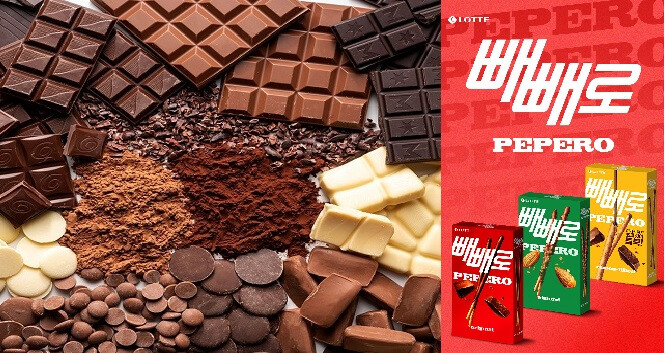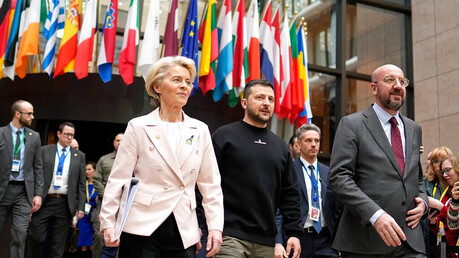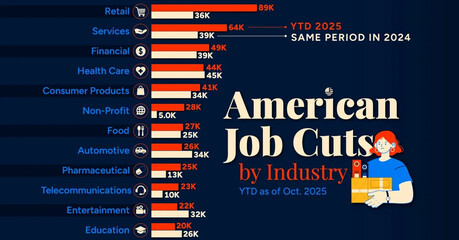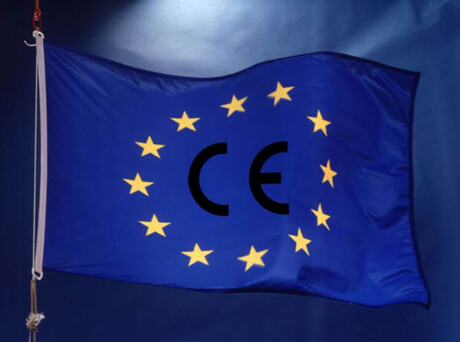
Despite a sharp decline in international cocoa prices, which have plummeted by over half since the beginning of the year, major South Korean food manufacturers are not lowering the retail prices of chocolate-containing products like Pepero. The highly-anticipated price cuts, following previous hikes attributed to soaring cocoa costs, will not materialize for the time being, primarily due to financial burdens stemming from inventory, foreign exchange rates, and decreased third-quarter profits.
Profit Downturn Despite Raw Material Relief
The consensus among major domestic food companies, including industry leader CJ CheilJedang and confectioner Lotte Wellfood, reveals a disappointing third quarter. Five out of eight major food companies tracked by financial data provider FnGuide saw their operating profit decline year-on-year. CJ CheilJedang's operating profit is estimated to have dropped by 6.8%, while Lotte Wellfood, Binggrae, Ottogi, and Pulmuone also reported decreased profitability. This downturn occurred despite a significant fall in the price of key imported ingredients.
International cocoa prices, which peaked at around $11,159 per ton in January, have recently halved to the $6,000 range, a result of alleviating supply shortages following the end of the drought in major West African producing regions. Other ingredients like international butter and skimmed milk powder have also seen price reductions.
Inventory and High Exchange Rate Offset Cost Savings
The main reasons for the stagnant retail prices are twofold: expensive inventory and an unfavorable foreign exchange environment.
Most confectionery companies purchase raw materials on a three to six-month basis. This means they are still processing stock acquired when international commodity prices were at their peak, delaying the reflection of current lower costs on their balance sheets. Industry sources suggest that the full effect of the raw material price drop might not be visible until the year-end.
Furthermore, the won-dollar exchange rate has settled near the 1,400 won level, significantly increasing the cost burden for companies that rely heavily on dollar-denominated imports. The recent re-escalation of the US-China trade conflict has added to this pressure, with the won-dollar rate climbing to 1,434 won on October 13th. While food companies raised product prices earlier this year to defend profitability, the effect was limited due to a contraction in domestic consumer spending.
Ramen Exporters Buck the Trend
In contrast to the struggles of domestic-focused food manufacturers, South Korea’s top ramen exporters, Nongshim and Samyang Foods, are thriving. For these companies, the high exchange rate acts as a significant tailwind, boosting profits from overseas sales. Samyang Foods, in particular, is estimated to have recorded a staggering 56% surge in third-quarter operating profit, benefiting from robust global demand. Nongshim also reported an estimated 18.4% increase in operating profit, with continued growth expected from successful global marketing and collaborations.
For the general consumer, however, the anticipated relief at the checkout aisle remains elusive as local confectioners navigate a complex financial landscape dominated by high-cost inventory and persistent foreign exchange risks.
[Copyright (c) Global Economic Times. All Rights Reserved.]




























